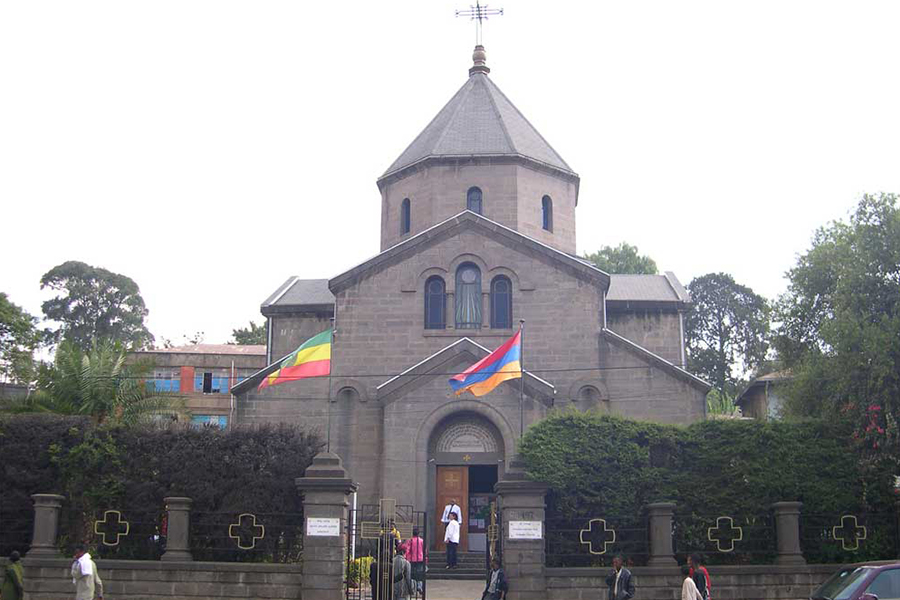You don’t need to travel to Old Jerusalem to know that its quarters are clearly marked: Jewish, Christian, Muslim, and Armenian. The last, while Christian, stands apart: home to the Armenian Apostolic Church and a community that has preserved its distinct heritage for centuries.
It was there, in the early 1920s, that Crown Prince Teferi Mekonnen, later Emperor Haile Selassie I, encountered forty orphans: survivors of the Armenian genocide. Moved by their plight, he arranged for their royal adoption and brought them to Addis Abeba in 1924. They became known as the Arba Lijoch (40 children), and under the guidance of the legendary Kevork Nalbandian, they formed Ethiopia’s first official orchestra.
Nalbandian went on to compose the country’s first national anthem, Ethiopia Hoy Des Yibelish (Ethiopia be Joyous), performed during Haile Selassie’s coronation on November 2, 1930. His legacy endured through his son nephew Nerses, who helped shape modern Ethiopian music.
As musical director of the National Theatre, Nerses Nalbandian mentored icons like Tilahun Gessesse, Alemayehu Eshete, and Bahta Gebrehiwot. His stirring composition Africa, Africa Hagerachin (Africa our country) coincided with the founding of the Organization of African Unity, a cultural crescendo to a political turning point. Today, the Nalbandian name lives on not only in music but in a family-run pharmacy that quietly preserves its heritage.
That legacy remains visible across Addis, often tucked into the fabric of daily life. A few weeks ago, I came across a painting of the St. George Armenian Church near Ras Mekonnen Bridge at an exhibition in the Hilton Addis. The artist, Selam Amsalu, had captured the twilight mood of the cathedral in graceful, expressive strokes. Over coffee with her and a young poet, Rediet Abebe, we discussed the painting and the story behind its subject.

